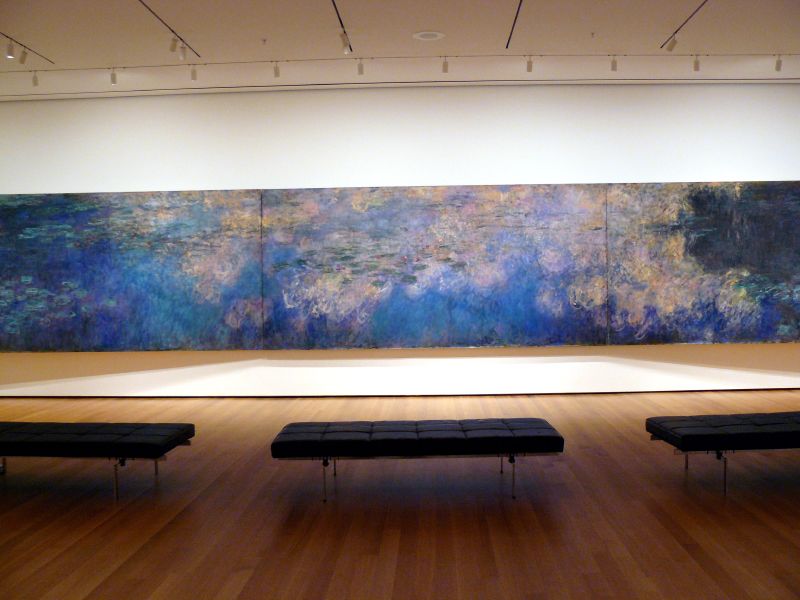What this series is about is using creative thinking and creative problem solving to work out genealogy problems. Where did they go, what did they do next, and looking for answers when the obvious solution just doesn't pan out.
We can also use the creative processes and strategies and stretch our creative muscles when we bring our research back to the family and present it in a form and format that gets them interested in their heritage or preserves it in a way that informs generations to come. Guess I'm thinking about all of this because I'm participating in the Family History Writing Challenge.
So with that in mind let's take a look at a very useful tool in the creative process, our human ability to empathise with another human being.
While reading Eric Maisel's book A Life in the Arts, I was struck by his exploration of how artists use empathy. Artists, he says, have an overly large empathy thing going on. Did you ever look at a painting and think, how did the artist get it so right? Artists are able to "leave" their own reality and put themselves in the other persons shoes, and do it so very well that they get inside the mind and state of being of the subject. They jump in their skin, so to speak, and get us viewers or readers totally lost in the subject matter.
Here are a couple of works of art that usually do this for the viewer: Rodin's Piata, and one of Monet's Waterlillies Series. They usually make the viewers wonder and marvel at how the artist can allow the viewer to enter the scene and feel what's going on. And which of us hasn't gotten so lost in a novel that we'd swear the people were just about real? Because the artist is empathetic and has the skills to write or paint, we see what they did, and feel it in our own hearts.

(Courtest, Web Gallery of Art)
(Courtesy, Wikipedia Commons)
Maisel points out that this ability to set yourself aside isn't normal. Who does that just for fun... set your own ego out to dry and inhabit the very skin of someone else? Most people can be compassionate and sympathise with someone else but to empathise is special. Maisel says this about empathy:
It is rather a certain kind of insight, an ability to correctly identify the thoughts and feelings -- even the whole inner reality -- of another person.
And further along he points out that the artist who empathises most can often have the hardest time maintaining sufficient boundaries between herself and the subject.
Ever get so lost in imagining the adventures and trials of an ancestor that you dream about them or think about them all the time? Have they entered our consciousness in an overly deep way? Maisel points out that empathy is the key to a deeper understanding of someone else... but don't get lost. Tricky, that!
The URL for this post is: http://nutsfromthefamilytree.blogspot.com/2013/02/the-creative-process-can-we-get-some.html

No comments:
Post a Comment